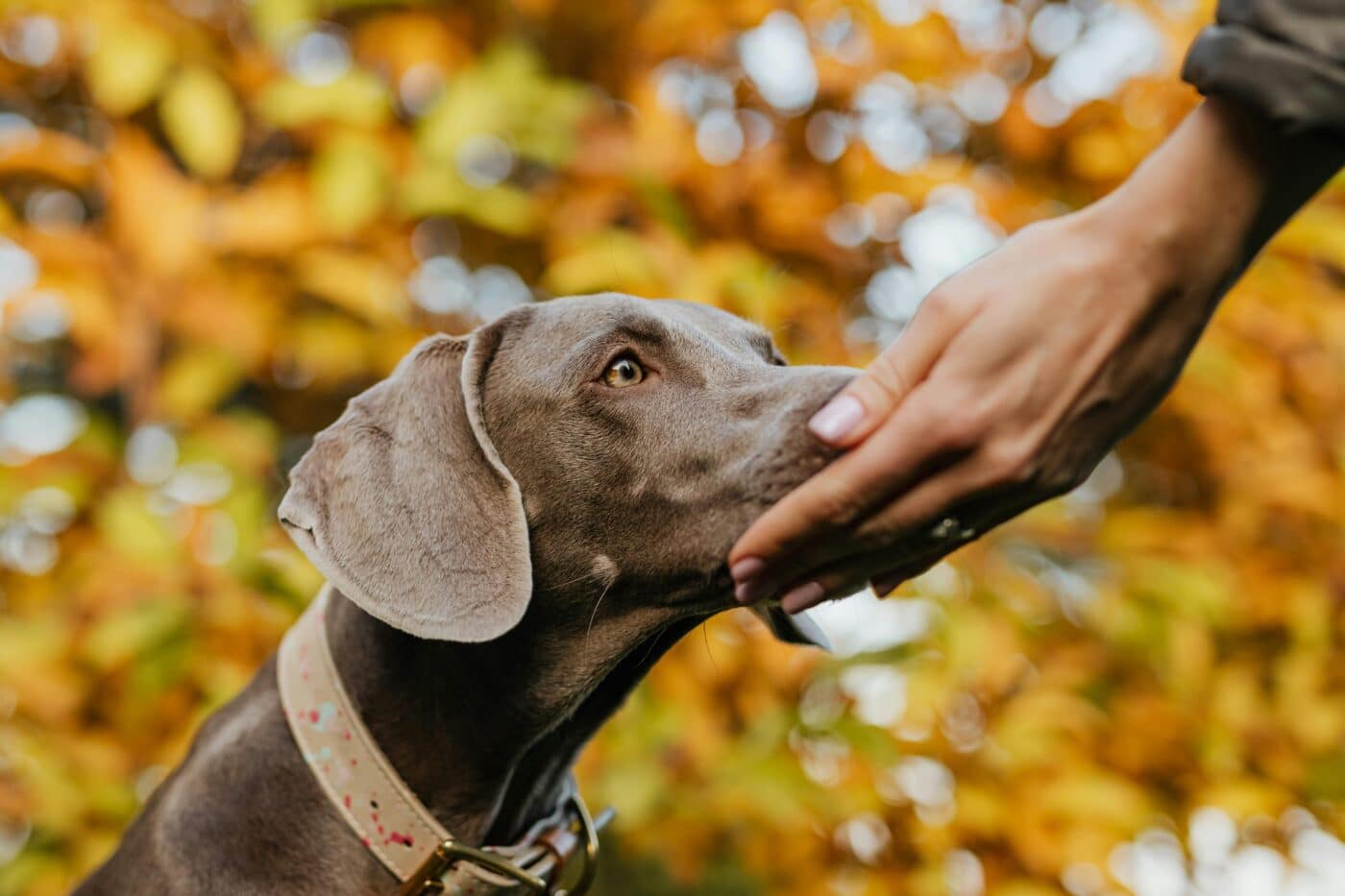 Shutterstock
Shutterstock
The idea that dogs can “smell fear” has long fascinated people, and science shows there’s more to it than just an old saying. With an incredibly keen sense of smell—far superior to humans—dogs gather a wealth of information from their surroundings. While it may seem almost supernatural, this ability is due to their highly developed olfactory system. When a person is afraid, changes in body chemistry, like stress hormones, sweat, and pheromones, are detectable to dogs, enabling them to sense and respond to fear with remarkable accuracy.
Dogs Have Up to 300 Million Olfactory Receptors
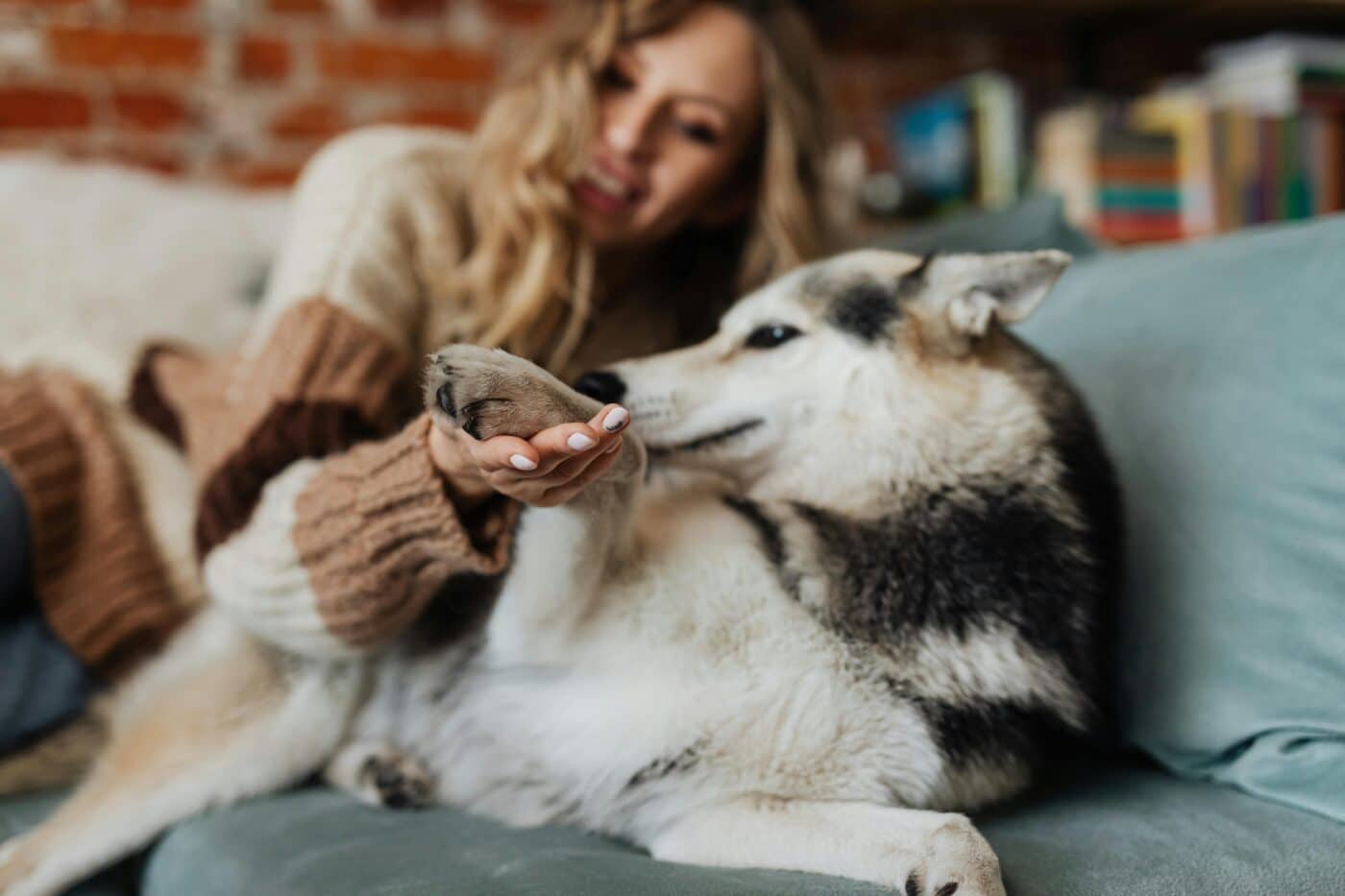 Shutterstock
Shutterstock
A dog’s nose is a powerful tool, containing up to 300 million olfactory receptors compared to a human’s mere 5 million. This significant difference means that dogs can detect scents at concentrations as low as one part per trillion. When a person is afraid, the body releases certain chemicals through sweat, breath, and skin. Dogs can pick up on these minute changes in scent, allowing them to detect fear even if it’s not outwardly visible. Their heightened olfactory receptors allow them to perceive a world of scents that humans cannot, including those associated with emotional states.
Dogs Detect Changes in Human Sweat Composition
 Shutterstock
Shutterstock
When people experience fear or anxiety, their body chemistry changes, often resulting in the release of stress hormones such as adrenaline and cortisol. These hormones can cause changes in the composition of sweat. Dogs, with their acute sense of smell, can detect these changes. Research has shown that dogs can differentiate between the scent of a person who is calm and one who is experiencing fear or anxiety. This ability to detect variations in sweat helps dogs pick up on subtle cues that indicate a person is scared.
Dogs Can Smell Cortisol Levels
 Shutterstock
Shutterstock
Cortisol is a hormone released during stress, and studies have shown that dogs can detect fluctuations in cortisol levels. When a person is anxious or fearful, cortisol production increases, and dogs can pick up on this scent. Since dogs are sensitive to chemical changes in their surroundings, they can often detect when someone is under stress long before it becomes visible through body language or behavior. This ability makes dogs particularly skilled at reading emotions and even provides a foundation for their use in therapy and service work.
Dogs Sense Emotional State Through Pheromones
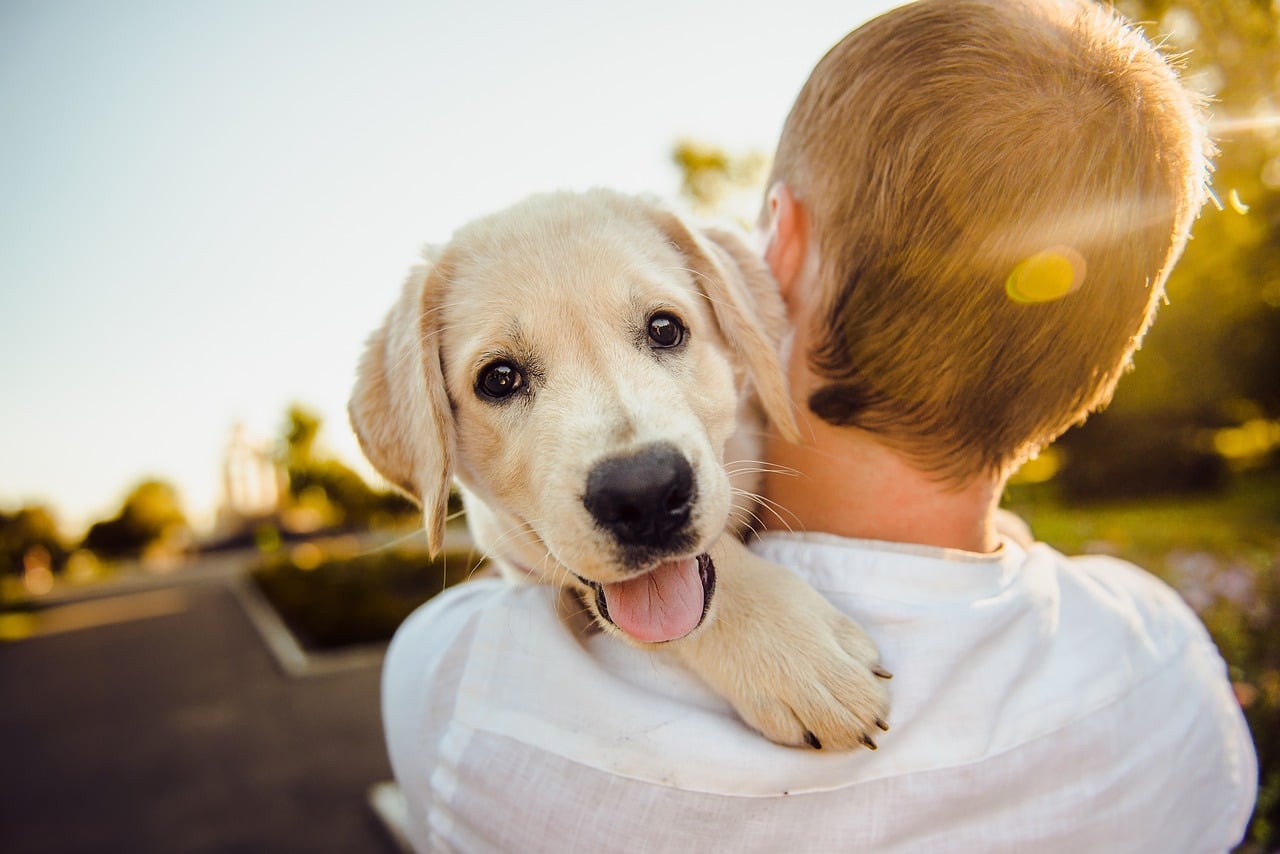 Shutterstock
Shutterstock
Humans emit pheromones, which are chemical signals that convey information about a person’s emotional state. When someone is scared, their body releases certain pheromones that dogs can detect. Dogs can sense these chemical changes in the air, allowing them to perceive fear even if the person is trying to hide their emotions. Pheromones help dogs understand not just fear but a range of emotional states, making them incredibly adept at reading human moods.
Dogs Are Experts at Reading Body Language
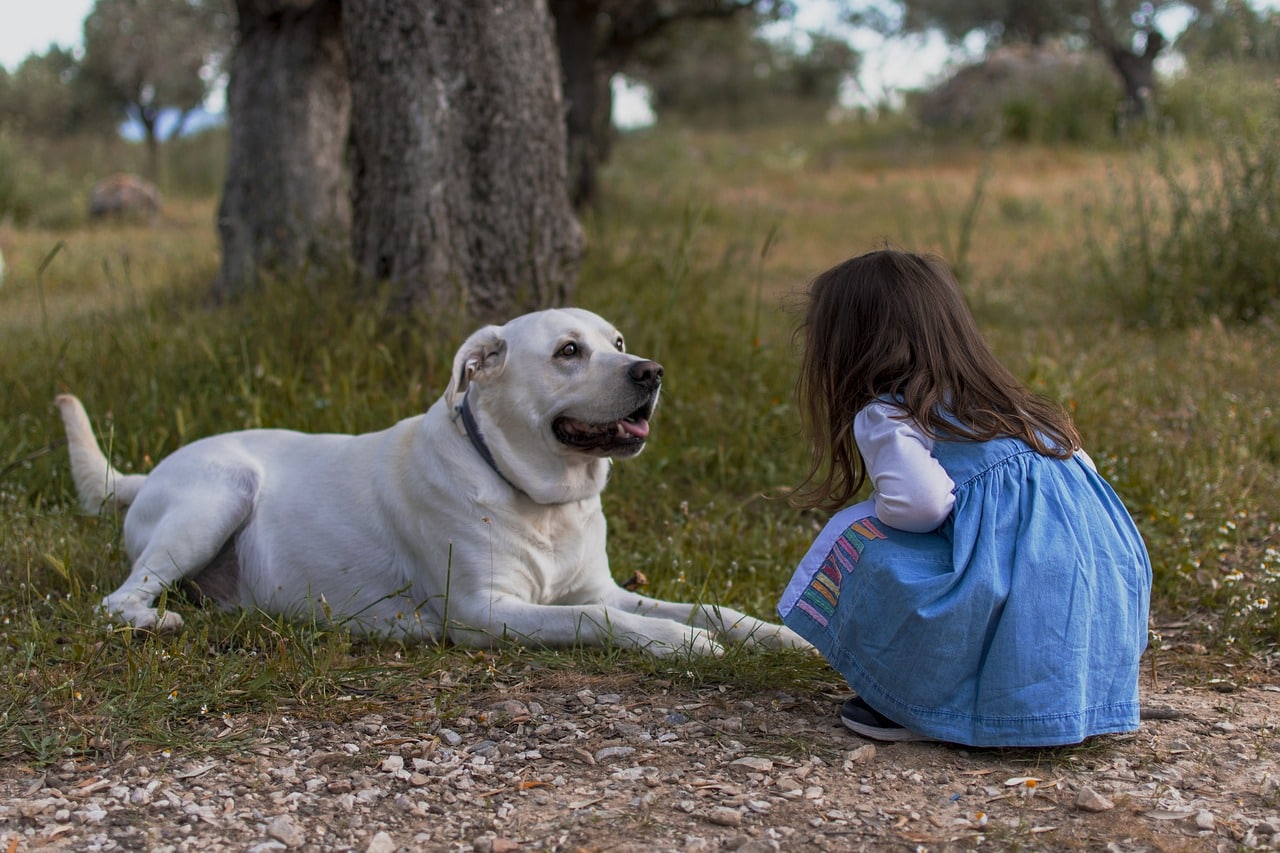 Shutterstock
Shutterstock
Dogs don’t just rely on their noses; they are also highly skilled at reading body language. When someone is scared, they may exhibit subtle physical changes such as tense muscles, widened eyes, or a different posture. Dogs are excellent at picking up on these cues, which can help confirm the scent-based information they receive. By combining olfactory signals with visual observations, dogs gain a more complete picture of a person’s emotional state, including fear.
Dogs Can Detect Changes in Heart Rate and Breathing
 Shutterstock
Shutterstock
When a person is afraid, their heart rate and breathing patterns often change. While dogs may not be able to hear a heartbeat from a distance, they can detect changes in breathing rate and smell the slight increase in body heat or sweat that comes with an elevated heart rate. This heightened sensory perception helps dogs identify when someone is feeling scared, even if that person is trying to remain calm on the outside.
Dogs Use the Jacobson’s Organ for Scent Detection
 Shutterstock
Shutterstock
In addition to their regular olfactory system, dogs have a specialized organ called the Jacobson’s organ, or the vomeronasal organ, which detects pheromones and other chemical signals. This organ helps dogs pick up on the unique scents associated with emotions, such as fear. The Jacobson’s organ is specifically adapted to detect non-volatile substances that may not be noticeable to the regular olfactory system, making it an important tool for detecting subtle changes in a person’s emotional state.
Dogs React Differently to Fearful Scents
 Shutterstock
Shutterstock
Research has shown that dogs behave differently when they detect the scent of fear. When exposed to the sweat of a person experiencing anxiety, dogs may become more alert, cautious, or even anxious themselves. This reaction suggests that dogs not only detect fear but also respond to it. The way a dog reacts may depend on their individual temperament, past experiences, and training. Some dogs may try to comfort the scared person, while others may become more protective or vigilant.
Dogs Can Be Trained to Detect Fear
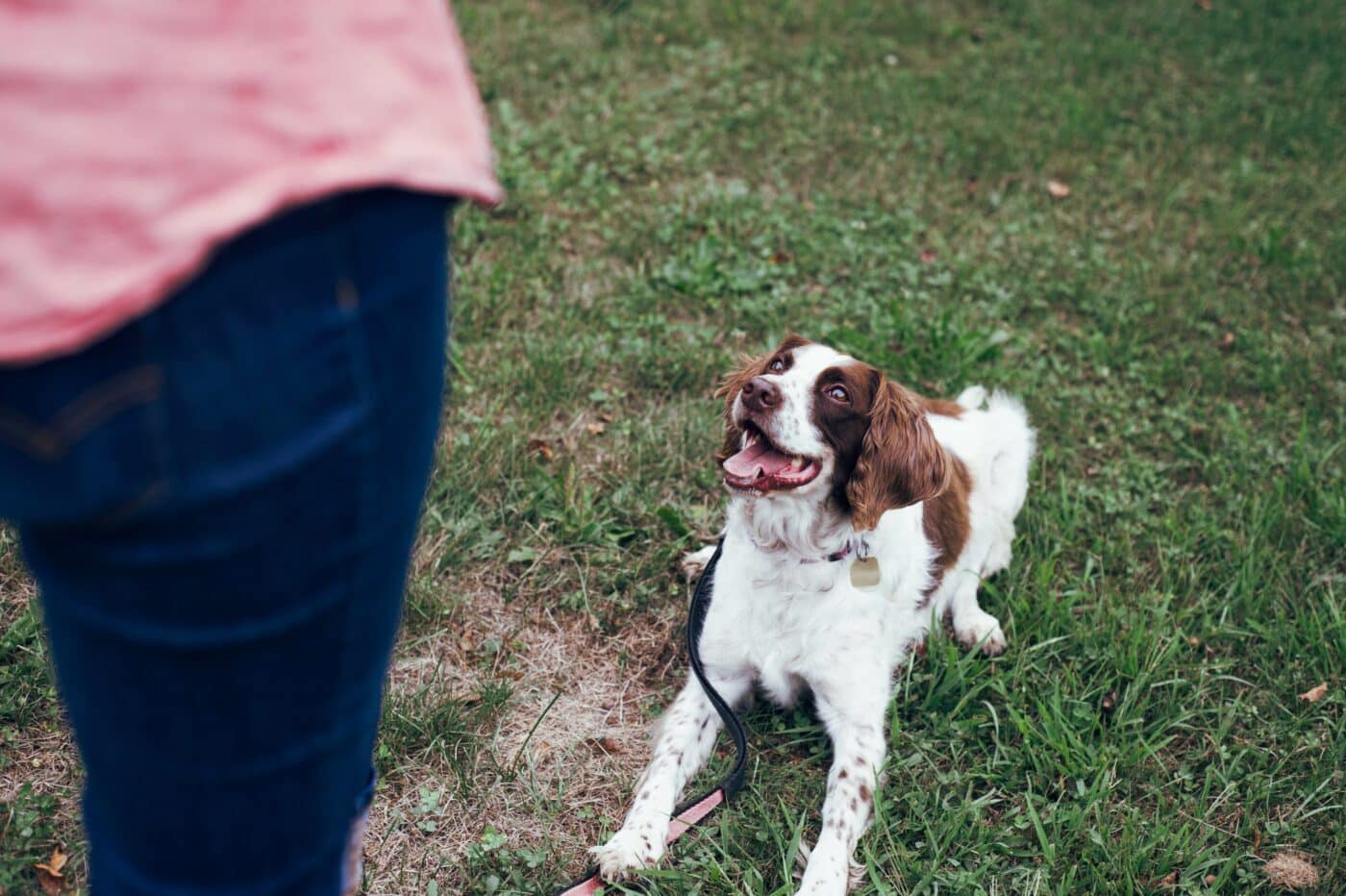 Shutterstock
Shutterstock
Just as dogs are trained to detect drugs, explosives, or medical conditions like low blood sugar, they can also be trained to recognise the scent of fear. This ability is utilized in some service dogs, such as those who assist people with anxiety disorders. These dogs are trained to detect early signs of an anxiety attack and provide comfort or alert to their owner. The training takes advantage of the dog’s natural ability to smell changes in cortisol levels, sweat composition, and other stress-related indicators.
Fear-Related Scents Trigger Protective Instincts
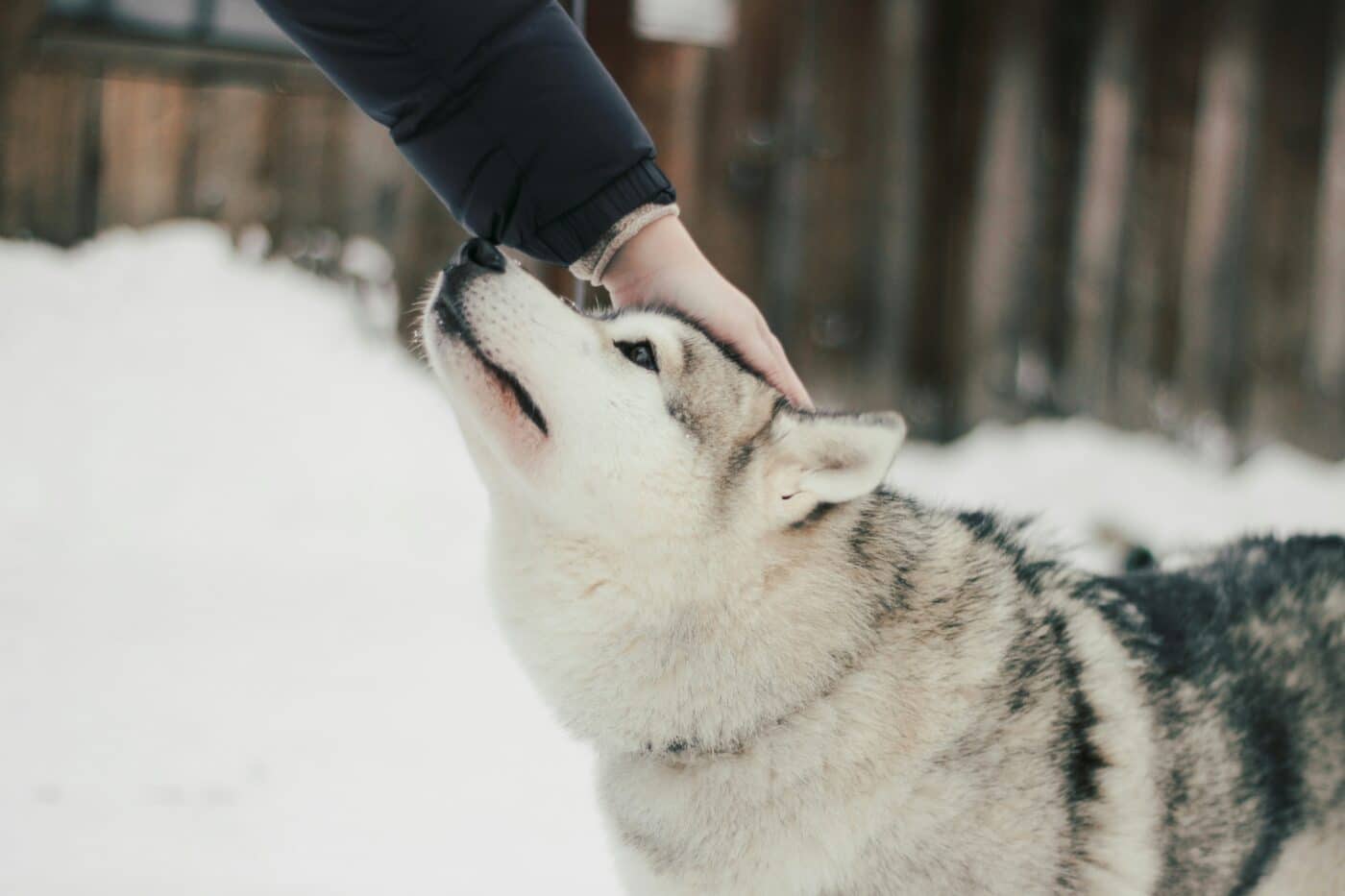 Shutterstock
Shutterstock
When dogs sense that a person is scared, it can trigger their protective instincts. Dogs are naturally loyal and may feel the need to guard their owner or offer comfort if they detect fear. This protective behaviour is more pronounced in some breeds with strong guarding or herding instincts. For these dogs, sensing fear is a cue to stay close, be vigilant, and keep potential threats at bay.
Socialization and Experience Influence How Dogs Respond to Fear
 Shutterstock
Shutterstock
While dogs can smell fear, their response to it can be influenced by their socialization and past experiences. A dog that has had positive experiences with fearful people may react by trying to comfort them, while a dog that has had negative experiences may become anxious or aggressive. Similarly, well-socialized dogs that are exposed to different people and situations from a young age are more likely to remain calm when they detect fear, as they have learned how to handle a range of emotional cues.
Dogs Can Distinguish Between Different Emotions
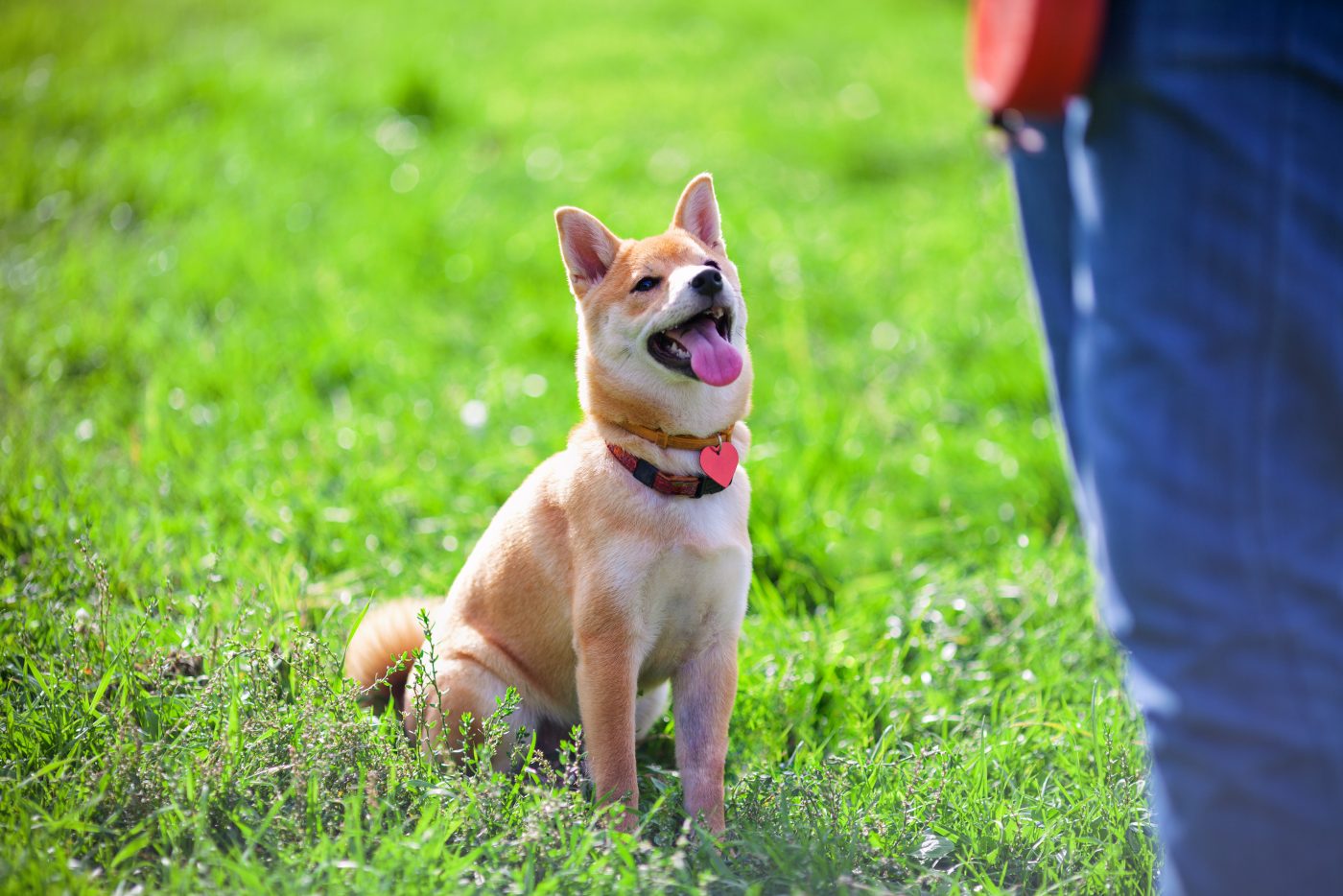 Shutterstock
Shutterstock
Research has demonstrated that dogs can distinguish between different human emotions through scent alone. For instance, dogs can differentiate between the scents of happiness, anger, and fear. This ability allows them to adjust their behavior according to the specific emotion they detect. When dogs smell fear, they may respond by becoming more cautious, while a scent associated with happiness may lead them to act more playful or relaxed.
Dogs Can Detect Anxiety Before It Becomes Visible
 Shutterstock
Shutterstock
Because dogs are so attuned to the chemical changes associated with fear, they can often detect anxiety before it becomes visible to others. They may pick up on subtle cues that humans miss, such as increased cortisol levels or changes in heart rate and sweat composition. This early detection ability makes dogs especially valuable as therapy and service animals, as they can intervene before anxiety or panic attacks fully develop.
Dogs Know When You’re Scared
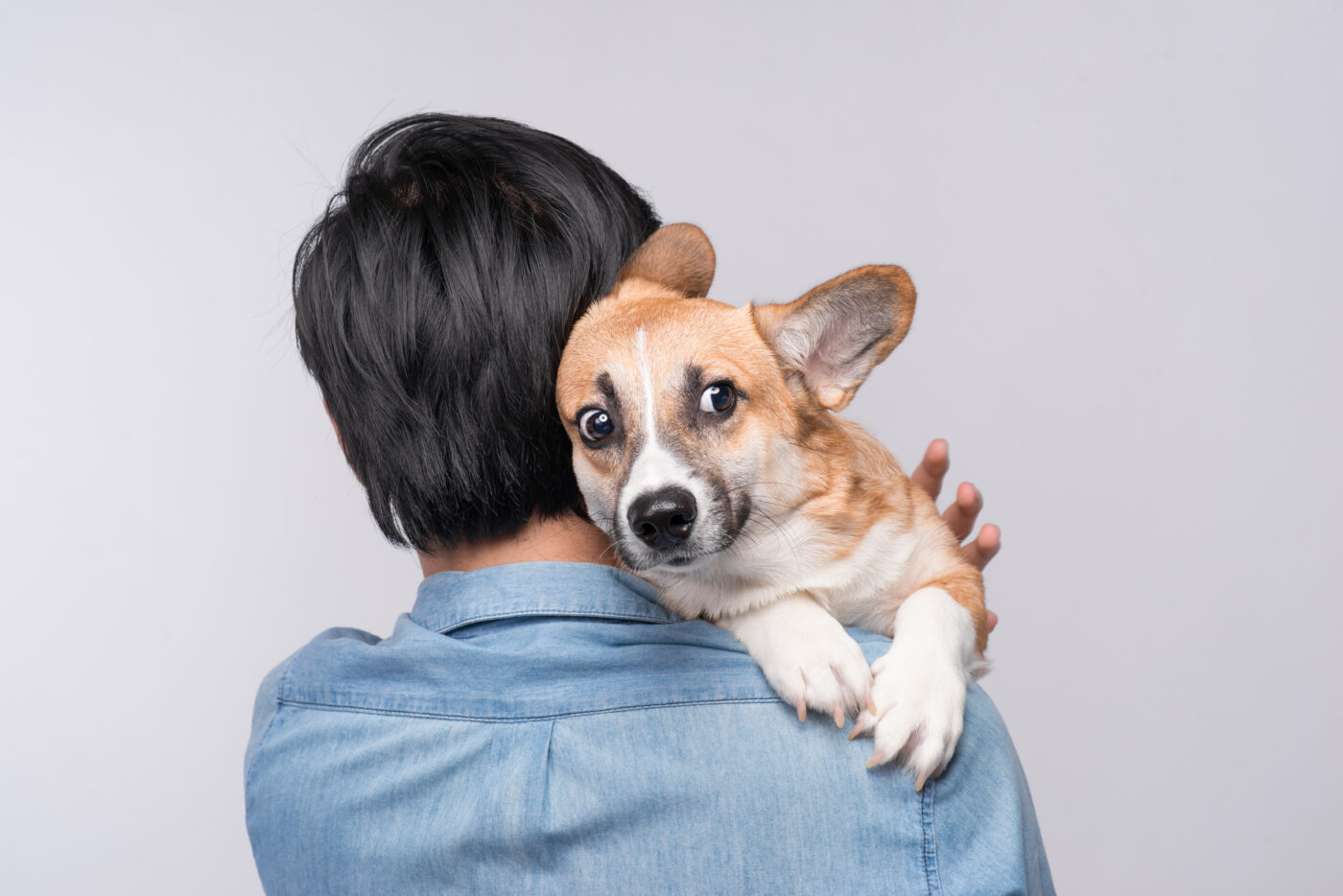 Shutterstock
Shutterstock
Ever wonder why your dog always seems to know when you’re feeling uneasy? It’s not magic; it’s a combination of their super-powered nose, an ability to read body language and a built-in lie detector for human emotions. When you’re anxious, they pick up on subtle cues like changes in your scent, heart rate, and behavior. The next time your dog snuggles up to you, remember—they’re more aware than you think. They can smell your fear…literally. Maybe they’re secretly superhero sidekicks with a nose for adventure and a heart of gold!
 Toledo, United States.
Toledo, United States.